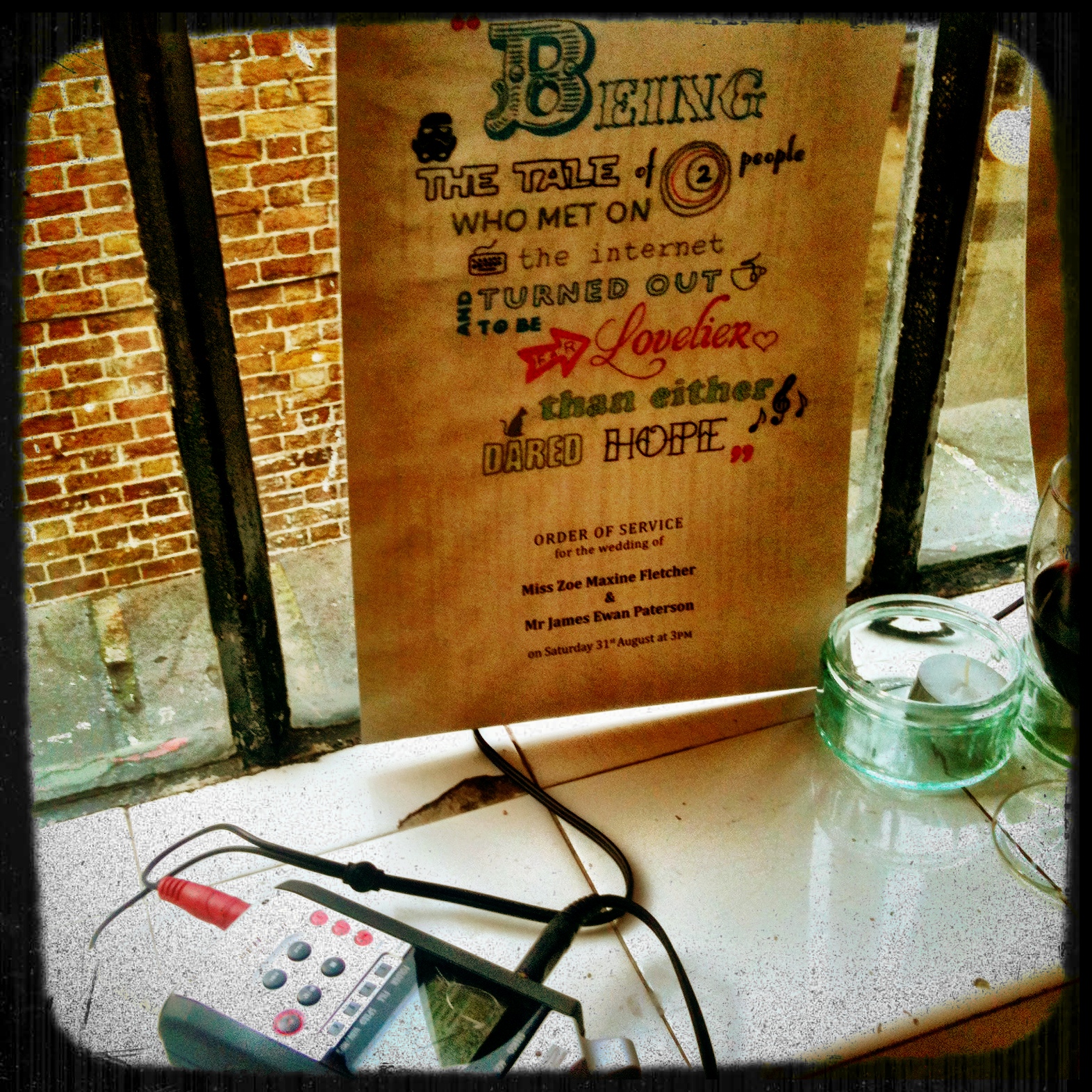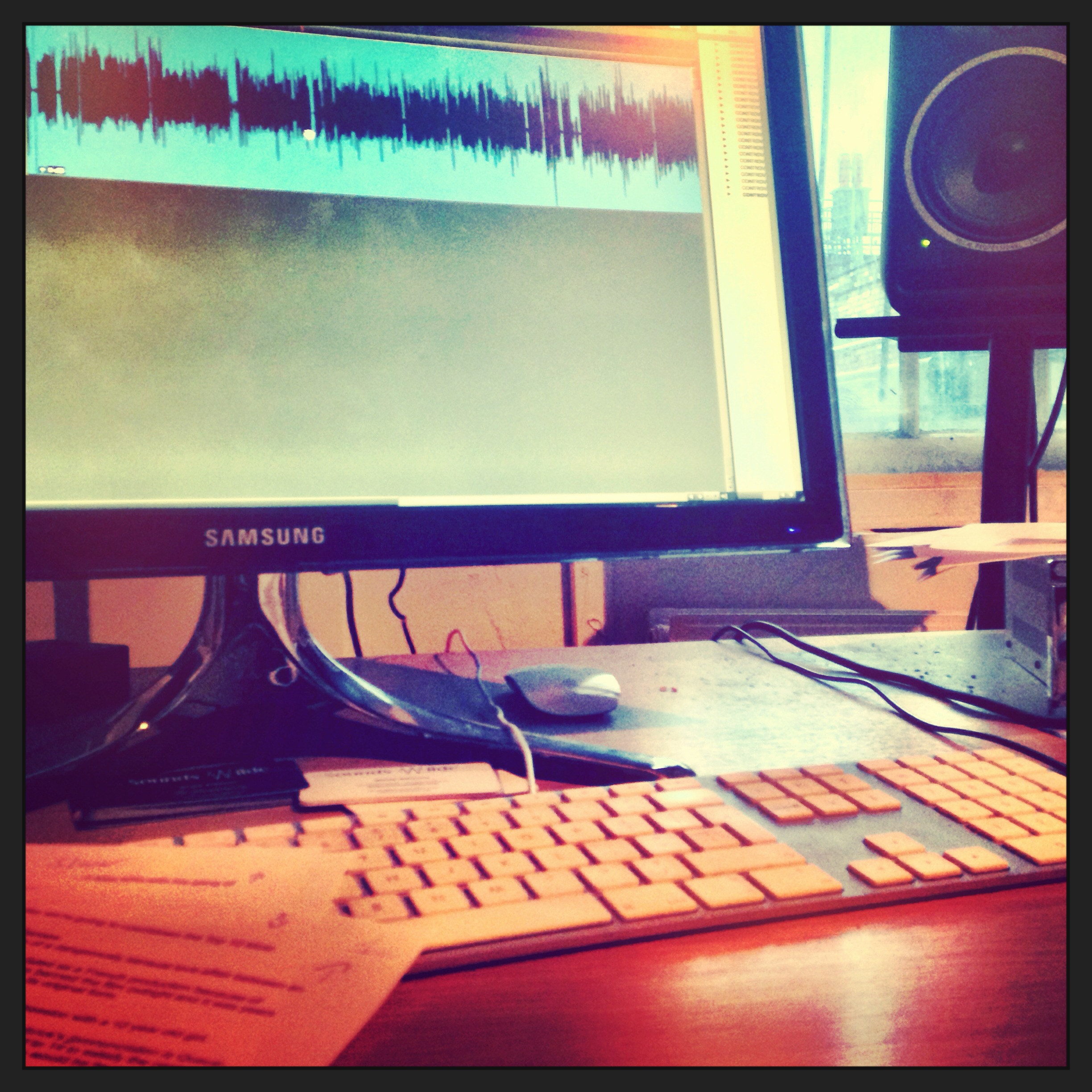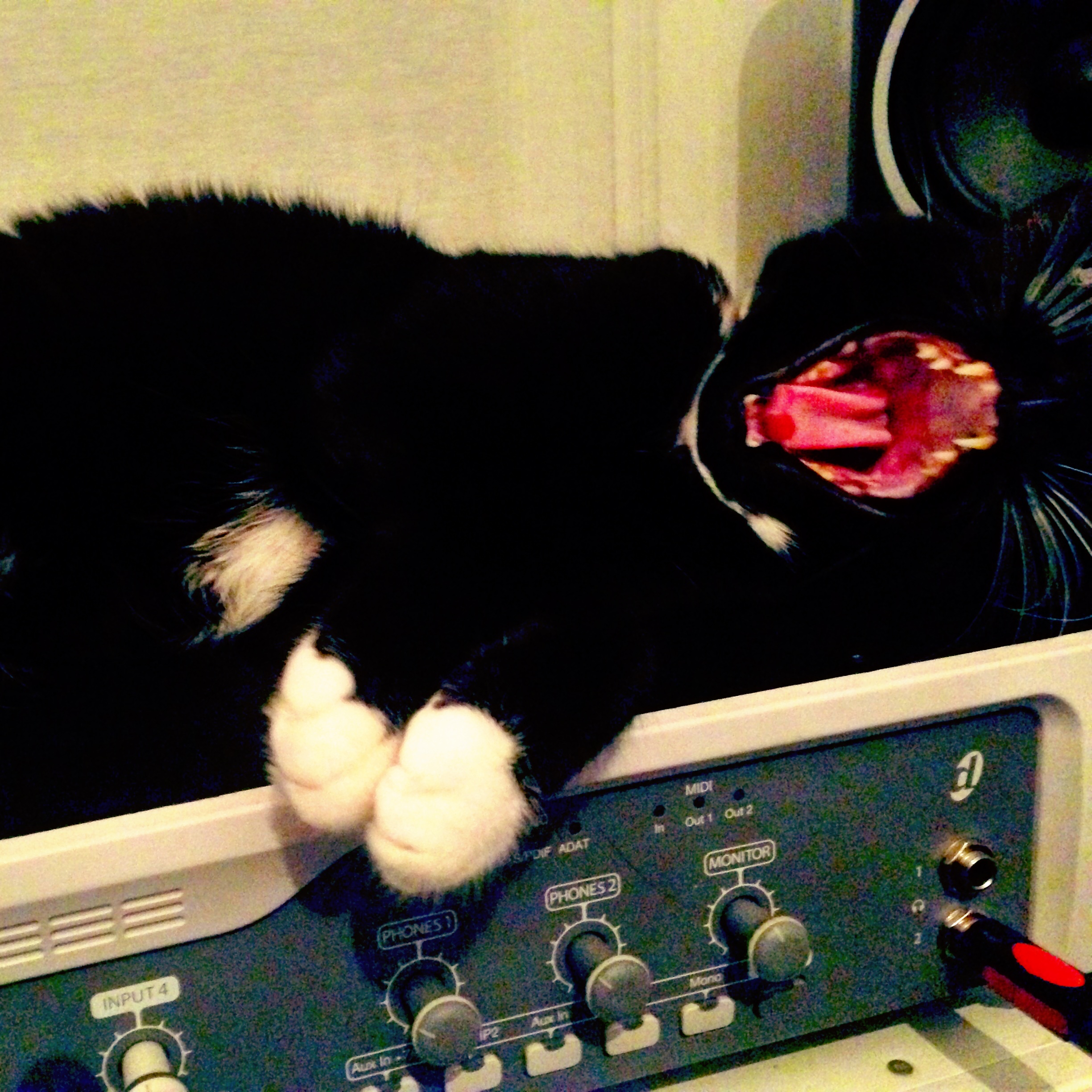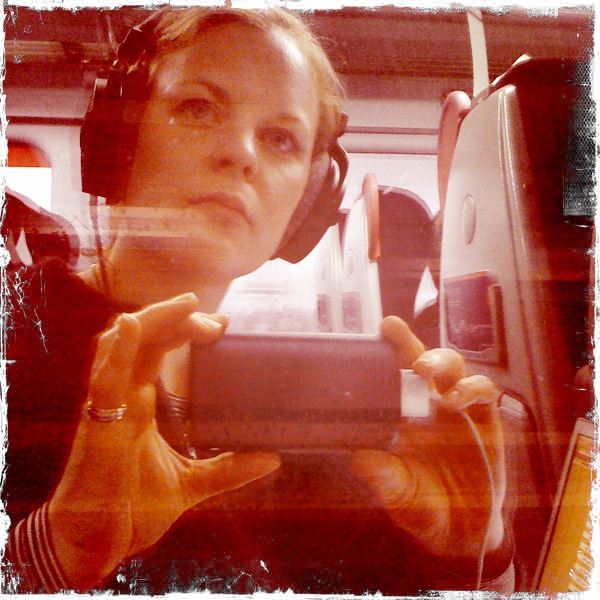It’s not a mic, a recorder, and it’s definitely not a plugin. The best sound design tools you have are attached to you, your ears.
Hopefully, this won’t be news to you. As a sound professional, you’ll have been told, probably repeatedly, by your teachers, tutors, mentors, other engineers, and designers that in order to get good at sound, you have to learn how to listen – and listen with a critical mindset.
I feel sometimes that the perception of sound design is that it’s all about creating cool new sounds – the sounds of dragons in Game of Thrones for example, or the fifth dimension in Interstellar, or a nuclear explosion in Copenhagen (a play about pioneering nuclear physicists) or the steampunk machines in the game 80 Days.
Creating innovative, effective sounds is definitely a big part of a sound designer’s job, and it’s also important to remember these sounds won’t exist in a vacuum. It’s no good having this wonderful sound which you’ve created from a reversed pitch-shifted coat hanger drop combined with a 1950s desk fan whirr with a quarter-tap delay, if it sounds jarring (and not in an intentional way) when you put it into your design. Learning how we perceive sounds in their surroundings is a vital tool when you want to make a sound believable in any environment.
Let’s take creating a soundscape. Anyone who’s worked on sound design for pictures will be familiar with starting from the quietest background sounds (also known as BGs, atmospheres or ambiences) and working up, building layers as you build the soundscape for a particular scene.
Here’s an exercise that really helps you to hone in on those layers. Take a moment and stop where you are, wherever you are. Close your eyes and open your ears to what you can hear. Don’t concentrate on any one sound at first, just take it all in. After a few minutes, bring your aural focus to the sounds that are furthest away from you – the distant sounds. What individual sounds can you hear? How do those sounds contribute to your sense of location? What is it about each of those sound that tell you that you’re outside or inside, urban or rural, or in a specific country? Which of these sounds are clearest and why? Is it volume or timbre – or both?
 Now bring your focus further in and listen to the sounds in the middle distance – near, but not close to you – maybe across the street, or in the next room. Ask yourself the same questions again and consider how these sounds relate to the distant sounds. Finally, bring your focus right in close and ask the questions again. What details do you notice about these close sounds that make them different from the distant sounds? How are you – your breathing, your heartbeat, your body sounds – contributing to the soundscape you can hear?
Now bring your focus further in and listen to the sounds in the middle distance – near, but not close to you – maybe across the street, or in the next room. Ask yourself the same questions again and consider how these sounds relate to the distant sounds. Finally, bring your focus right in close and ask the questions again. What details do you notice about these close sounds that make them different from the distant sounds? How are you – your breathing, your heartbeat, your body sounds – contributing to the soundscape you can hear?
Once you can identify these layers, you have the beginnings of a sound design, without even touching a record button.
From here you can expand each section to flesh out your design. Consider what is it about each of those distant, mid-range and close sounds that really indicate your current time and place, and adapt, add and subtract as necessary to create the same balance for the time and space you’re working with. The exercise is also a really useful way of making you concentrate on sounds that we overlook, even as sound professionals, which make up a really important part of our everyday soundscape. It may be obvious to say traffic from 2015 sounds very different from traffic from the 1920s but there’s also aspects like the hum of light-bulbs and the almost inaudible constant thrum of a house with a different piece of technology in every room (computer, TV, dishwasher, modern heating) compared to a house with a single valve radio set.
If you apply the same critical listening skills to individual sounds, you can really get to grips with what makes a sound believable when it’s attached to a specific action and object, and then you can play with these parameters to make something completely new, and also completely believable. So say you’re creating the sound for a baby lizard-mammal hybrid creature. You might take your cat as a starting point, as it’s around the same size, and pay attention to the sounds it makes when it’s happy, startled, curious, angry. How does the pitch, duration and amplitude change? How does the cat make the sound – is it a small mouth click or something that resonates through its entire body?
Once you’ve trained your ears to understand the makeup of sounds both individually and as they exist in an environment, you can make the conscious decisions to create the sonic world you want. Break the rules to create something really startling or to focus on a specific element. The sonic world is yours – as long as you listen to it first.
